Congrats on deciding your classroom is ready for a sound wall! (Clap, clap) Switching to or even adding in a sound wall is not about adding something else to your classroom walls, it’s a brand new tool for you and your students to use. It is a big deal so celebrate you are here!
Knowing how to set one up can be overwhelming and frustrating. Through this blog series, you will not only find examples of different sound walls in classrooms, but the background knowledge you need to make your sound wall an effective tool for you and your students. If you are still deciding on making the jump to having a sound wall check out this post.
Today we are focusing on some key considerations and consonants on a sound wall. Yes, both consonant and vowel sound walls are set up by how the sounds are made in our mouths, but traditionally they are separated. Consonants allow for more variations within a sound wall based on how they can be organized and how you are going to use them with your students. Let’s get started here are key things to consider when starting to set one up:
1.You Don’t Have to Know It All
First repeat that and remember it. When I started using sound walls, resources were so limited. I knew a sound wall was needed, but struggled in how to set one up and how to use it. One of the biggest struggles was I was stuck on the fact I needed to do it all and do it right. I didn’t and you don’t need to either.
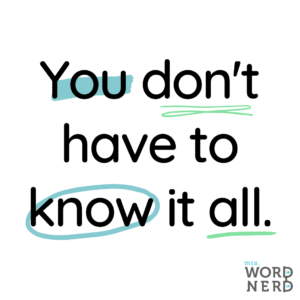
2. It Doesn’t Have to Look Like Everyone Else’s
Along with not knowing it all, it is okay if your sound wall does not look like everyone else’s. I promise you, yours will grow and evolve each year as you get more comfortable and knowledgeable with sounds and using it. My first sound wall I was scared to even share it because it didn’t look like other sound walls, but you know what? It worked for my students and I. We had discussions about how sounds were made, tested out our vocal chords as we encoded words. All things you want students to do with sound walls.
My first sound wall I organized almost in alphabetical order, but I had the graphemes that were for each sound put together.
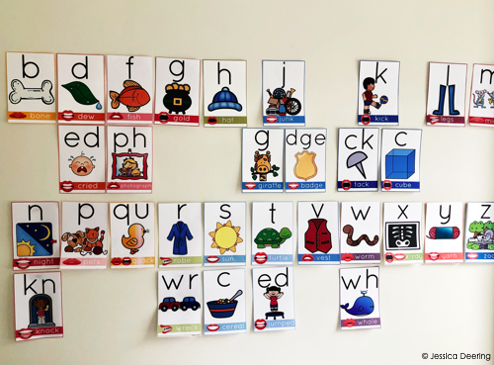
If you set one up like this please share it with me. I would love to see and hear how it goes for you.
3. What Consonants to Include
Can we have a moment of silence for the letter C? Because it won’t have a special spot on your sound wall like other consonants. Since it is a copy letter, without its own sound, it doesn’t have its own space on a sound wall. It is hidden under the different graphemes for K and S. Q and X don’t really have their own spot either since they are combination sounds. Q is made from K and W sounds being blended together. X is made by K and S being blended together. To get a full list of phonemes and graphemes to include download the Setting Up Classroom Sound Wall Guide below.
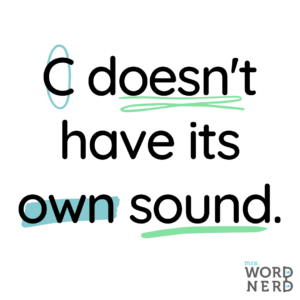
4.Voiced and Unvoiced Partners
One of the easiest ways to organize my consonant sound wall in the beginning was around voiced and unvoiced sounds. Essentially most consonants have a twin sound. Meaning our mouths moved the exact same way to make that sound with one difference- our vocal chords. For one of those sounds, the vocal chords are used (voiced) and one of the sounds doesn’t use the vocal chords (unvoiced).

5. What Makes Sense to Me
This is important so it must be stated again, the sound wall has to make sense to you so you can teach it. If you were to organize yours like somebody else’s, but it didn’t make sense to you then there is no way it is going to make sense to your students.
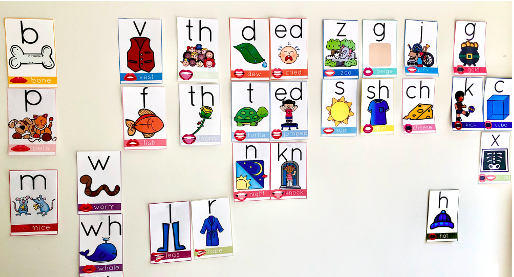
6. Build with Students
Your sound wall shouldn’t be set up all ready to go with all the sounds when school starts. To make it effective, you need to build it with your students. That means each time a sound is introduced or reviewed you go through how the sound is made. You also go through why or how it is where it is on the sound wall. You also do not need to get every sound up on your sound wall only the ones you teach. How this looks in each grade differs.
7. How I Am Going to Use it With My Students
Besides building it, consider how else you are going to use it with your students.
- Would it be a quick daily routine?
- Are they going to use it to help them decode/encode words?
- Are you going to focus on how the mouth moves and students identify sounds and spellings by that?
- Do you want students to add words to the sound wall?
- Again, this will vary by how you set yours up. It will probably change as your sound wall changes.
Remember
Two keys to remember no matter how you set up your sound wall:
- It must make sense to you, so that it can make sense to your students.
- It must have draw attention to how the sound is made.
Looking for More Set Up Help?
I hope you are feeling a little calmer and less overwhelmed about setting up your sound wall. If you are looking for more information about setting one up, I made this Setting Up a Classroom Sound Wall Guide. Click the picture to get your copy.

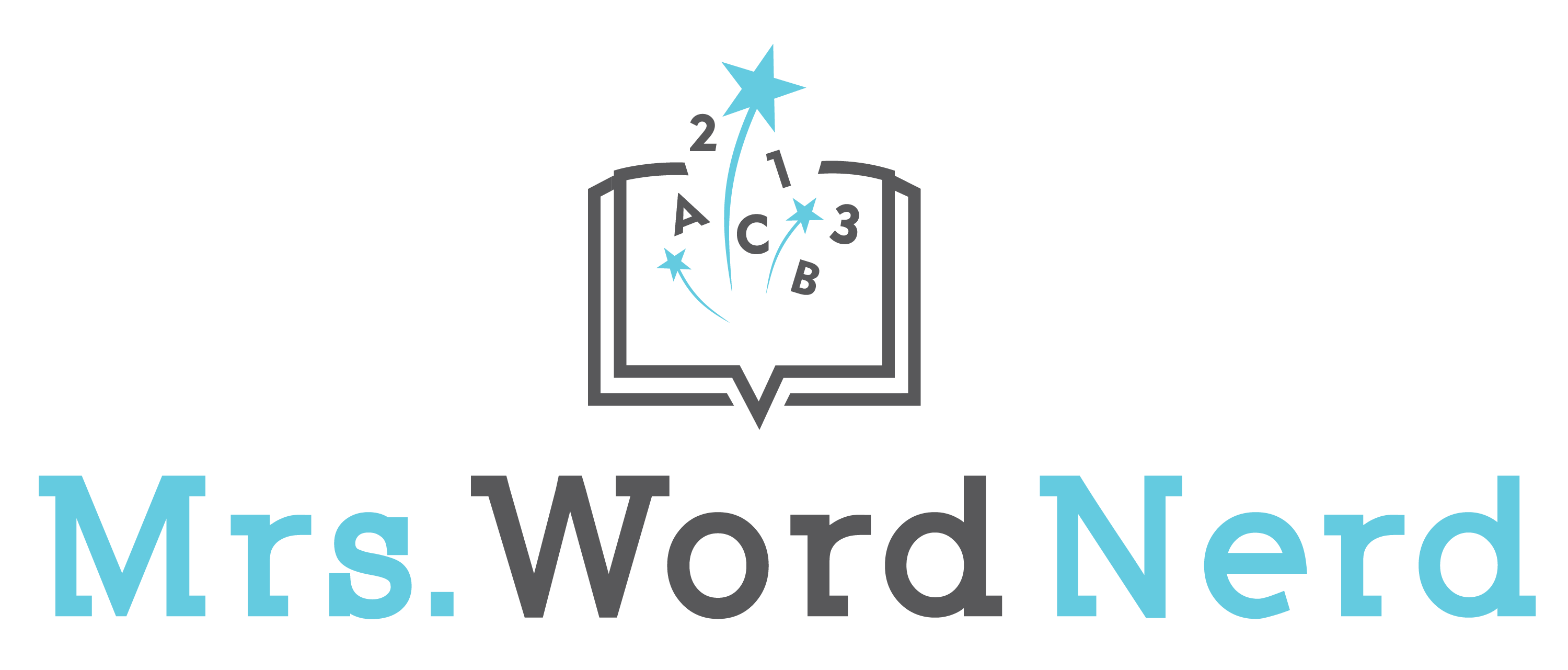
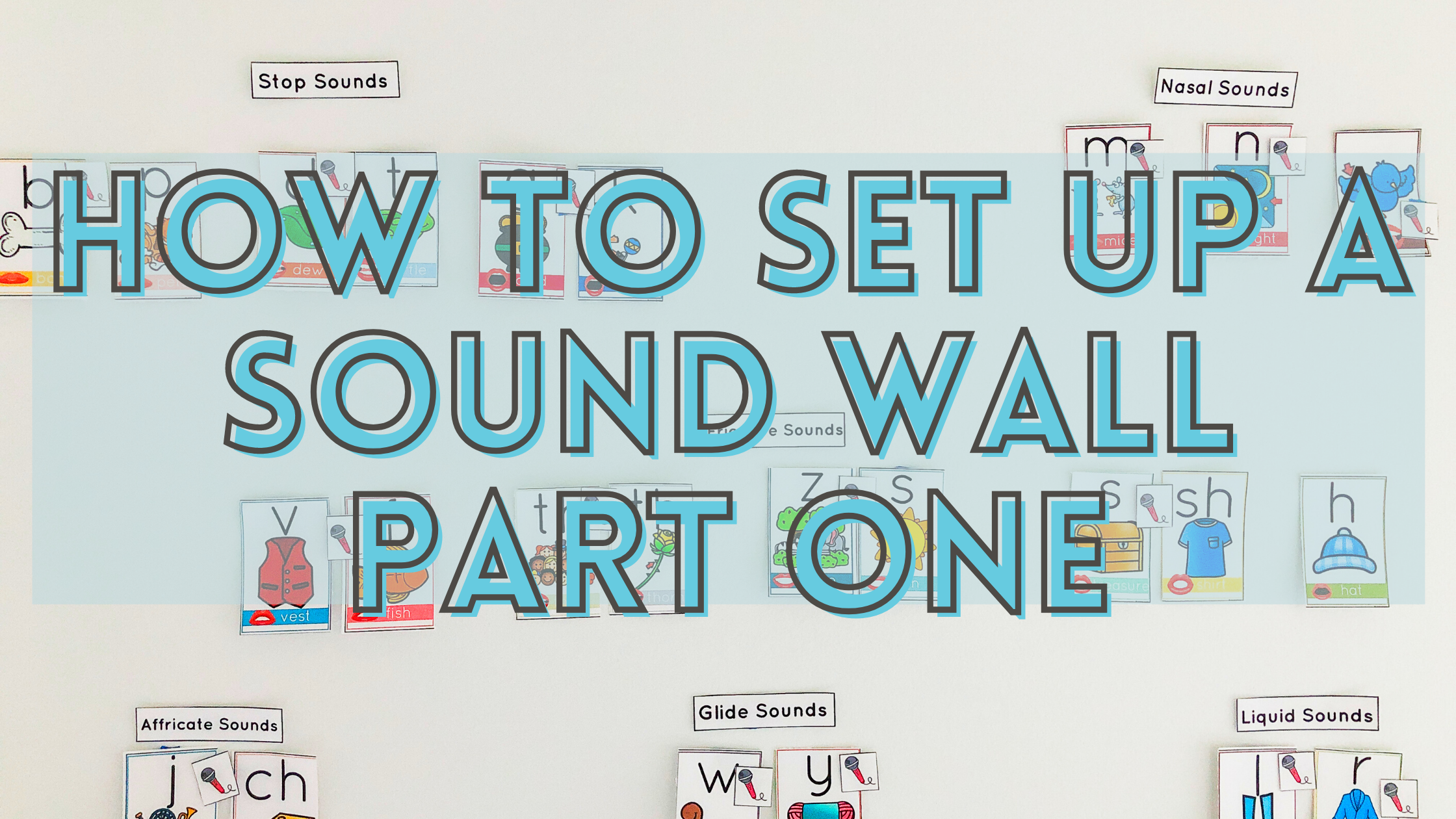
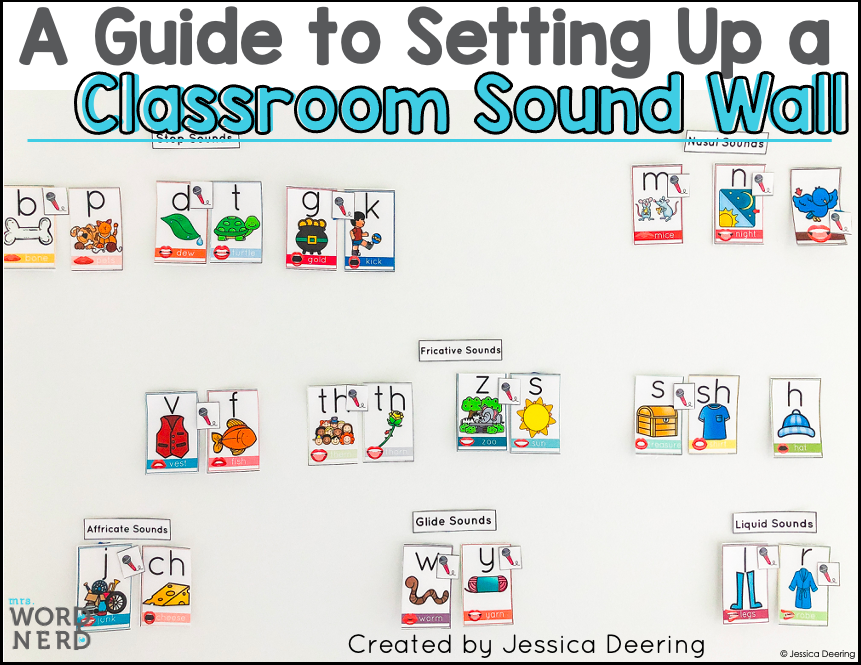



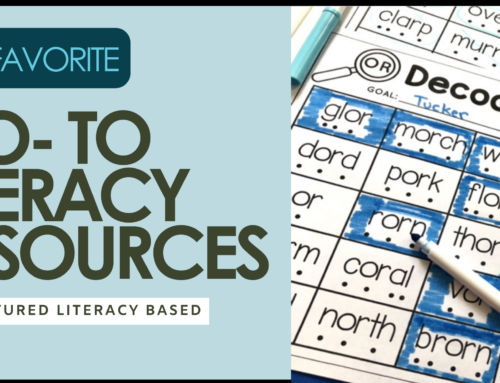
Leave A Comment